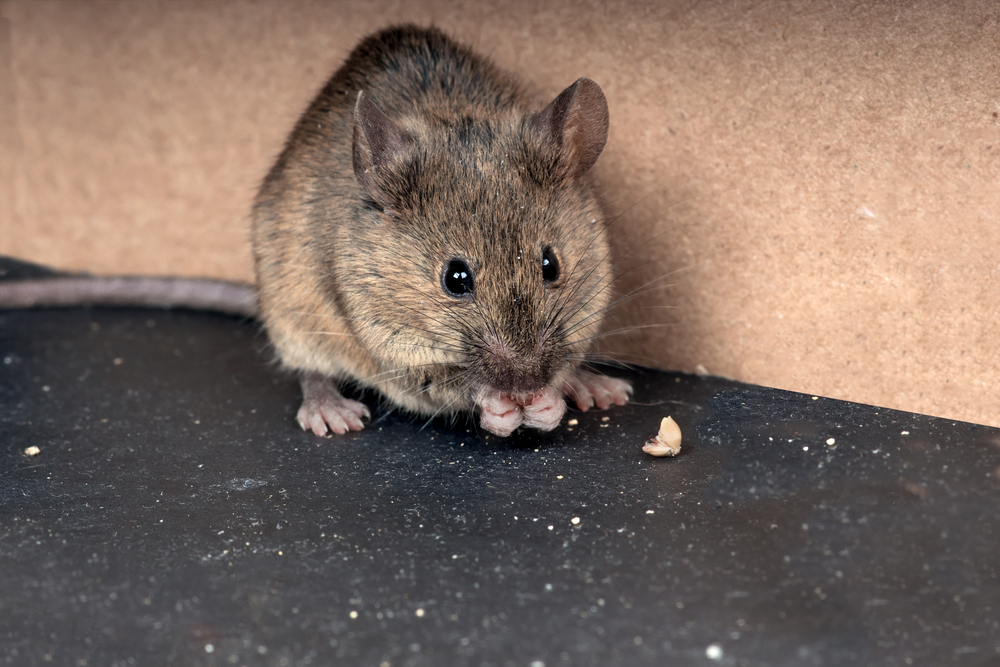
A new method demonstrates how mice can turn from prey to predator.
Scientists at Yale University were able to use a technique called optogenetics to stimulate the central amygdala in lab mice to determine which brain circuits triggered predatory behavior.
The process took two steps, according to Nature. The team infected the mice with a virus that altered neurons in their brains to make them sensitive to blue light, which was followed by using a small optic fibre to shine this light on the amygdala.
It caused the animals to tense their jaws and neck muscles and attack anything that was placed in front of them including inanimate objects like bottle caps or as well as bugs.
Plus, the scientists found the light could induce these behaviors when there was nothing to hunt. Mice sitting in empty cages would stop what they were doing and move their front legs as if they were holding food and began moving their mouths to simulate chewing.
This genetic engineering technique didn’t produce the same response in other parts of the brain, but these findings could provide important insight into understanding how predatory behavior works.
Professor Candy Rowe, D.Phil, a zoologist at the University of Newcastle not linked to the study, told The Guardian, “There may be a tussle between predators and prey, with prey being selected to change their appearance so that they don’t trigger these predatory responses, and with predators being selected to have neural circuits that help them track changes in prey appearance and select the right objects in their environment to chase and capture.”
The study was published in the journal Cell.




